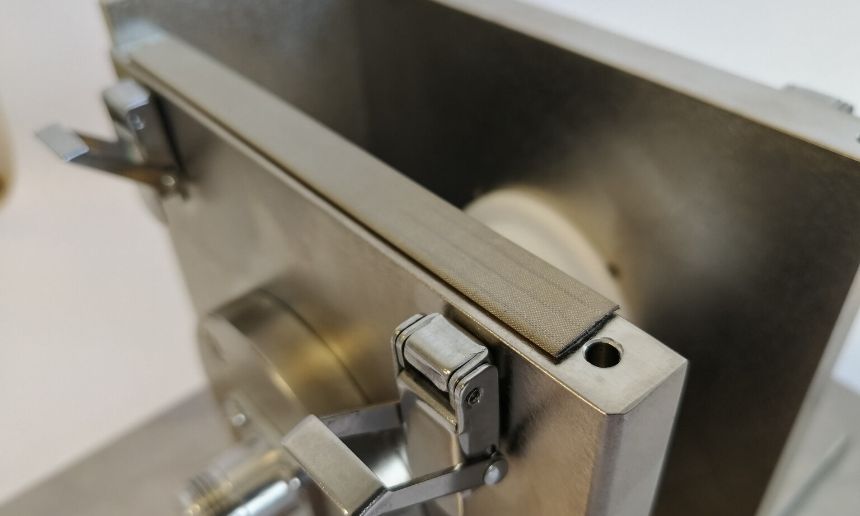EMI COATINGS VS. COMPOUNDS FOR SHIELDING
Physical Differences
Practically, for shielding, EMI coatings vs. compounds manifest differently from one another. Shielding compounds are conductive materials typically infused in a solvent base. Because plastic lacks conductivity, engineers must add conductive material to these plastics so these compounds can fend off EMI. This mixture forms a resin and contains conductive fibers or particles typically consisting of metals.
In contrast, when pondering EMI coatings vs. compounds, conductive coatings cover the surface of a nonconductive material such as plastic through vacuum metalization. This involves vaporizing and depositing metals onto whatever surface requires shielding. Rather than modifying the substrate’s composition with a conductive filler, conductive coatings form a cohesive layer of copper, stainless steel, nickel-chrome, or several other possible materials that attenuate potentially disruptive EMI.
Shielding Mechanism Differences
When considering the physical differences between EMI coatings vs. compounds, it’s important to recognize how these differences affect their shielding mechanisms. Because compound shielding involves the use of an integrally conductive compound, compound shields inherently have gaps between conductive particles in suspension; vacuum metalized coatings provide a complete metal layer that has less opportunity for transmission and can therefore be thinner while accomplishing the same attenuation.
These two shielding methods function in the same way but have very different impacts on the weight and structural integrity of the device you’re trying to shield.
If you have further questions about the differences between these two shielding practices, contact us at Deep Coat Industries. Also, we can discuss the EMI coating process in-depth and determine if it fits your current project’s needs.
